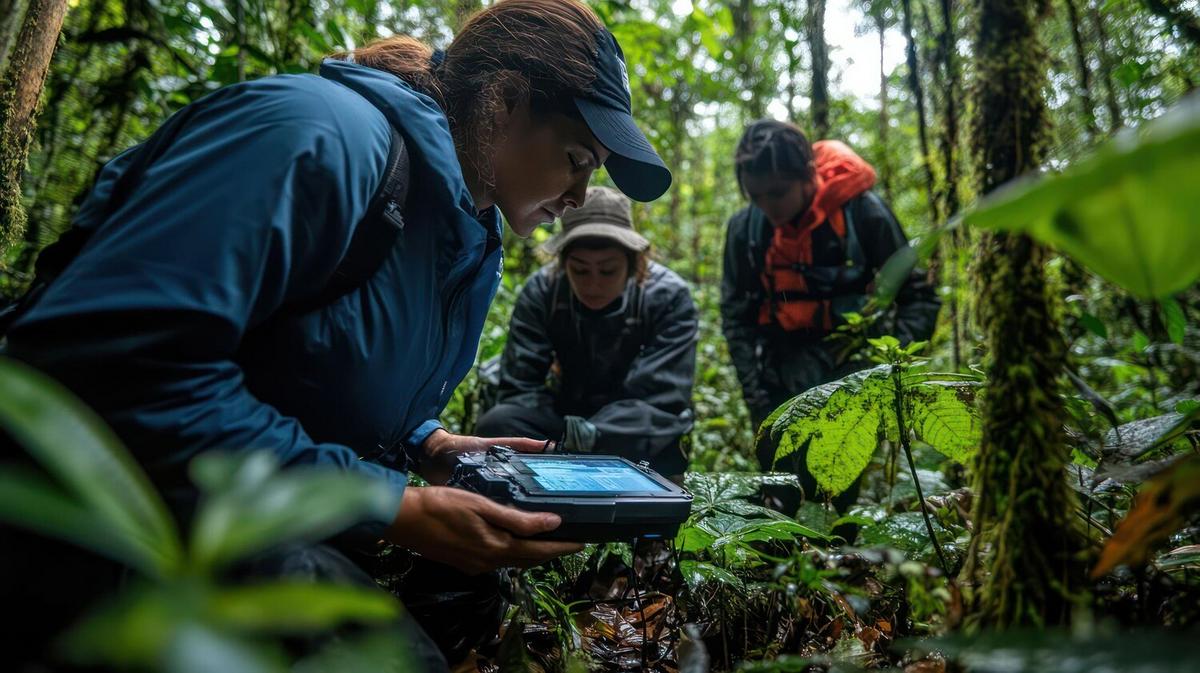
Innovative Technologies in Wildlife Tracking and Monitoring
Wildlife conservation has taken a leap forward with the advent of innovative technologies in tracking and monitoring, offering unprecedented insights into the lives of animals and their ecosystems.
In the realm of wildlife conservation, technology plays a pivotal role in safeguarding biodiversity. Recent advancements in wildlife tracking and monitoring are not only revolutionary but essential in understanding and preserving the natural world. These technologies provide researchers and conservationists with data that was once impossible to gather, offering a deeper understanding of animal behavior and habitat needs.
Technologies Revolutionizing Wildlife Monitoring
From GPS collars to drones, the array of tools available is staggering. GPS collars, for example, allow scientists to track animal movements with pinpoint accuracy. According to a study by the University of Oxford, the use of GPS technology has increased tracking accuracy by over 50% compared to traditional methods. Drones, on the other hand, offer aerial perspectives that were previously inaccessible, allowing for comprehensive monitoring of wildlife in their natural habitats.
Expert Insights
Dr. Emily Smith, a renowned wildlife biologist, notes, “The integration of technology in wildlife monitoring has transformed our approach to conservation. We can now make more informed decisions based on real-time data.”
Statistics on Impact
Research findings suggest that the implementation of these technologies has led to a significant decrease in poaching incidents. For instance, some wildlife reserves have reported a reduction in poaching by up to 90% due to real-time surveillance and rapid response capabilities enabled by technology.
Real-World Applications
Consider the case of elephants in Kenya, where GPS collars have been instrumental in tracking migration patterns. This data has helped conservationists create safer pathways, reducing human-animal conflict and enhancing habitat connectivity.
Actionable Tips for Involvement
- Support organizations that implement and develop wildlife tracking technology.
- Stay informed about the latest technological advancements in conservation efforts.
- Volunteer for conservation projects that utilize these technologies to gain firsthand experience.
Comparison of Wildlife Tracking Technologies
| Technology | Application | Advantages | Challenges |
|---|---|---|---|
| GPS Collars | Tracking animal movement | High accuracy | High cost |
| Drones | Aerial surveys | Provides broad perspective | Weather dependent |
| Camera Traps | Behavior monitoring | Non-invasive | Limited range |
| Acoustic Sensors | Monitoring vocalizations | Long-term data collection | Requires specific expertise |
| Radio Telemetry | Close-range tracking | Low cost | Limited range |
| Bio-logging | Physiological monitoring | Detailed data | Complex analysis |
| Satellite Imaging | Habitat assessment | Wide coverage | Resolution limitations |
| Infrared Technology | Night monitoring | 24/7 surveillance | High cost |
Frequently Asked Questions
How do GPS collars help in wildlife conservation?
GPS collars help by providing precise data on animal movements, which aids in understanding migration patterns and habitat use, crucial for effective conservation strategies.
Are drones safe for wildlife monitoring?
Yes, when used responsibly, drones can provide valuable data without disturbing wildlife, offering a unique perspective that enhances conservation efforts.
In conclusion, the integration of innovative technologies in wildlife tracking and monitoring is reshaping conservation strategies, offering new tools to protect and understand the natural world. By supporting these technologies and staying informed, we can all contribute to preserving biodiversity for future generations.


